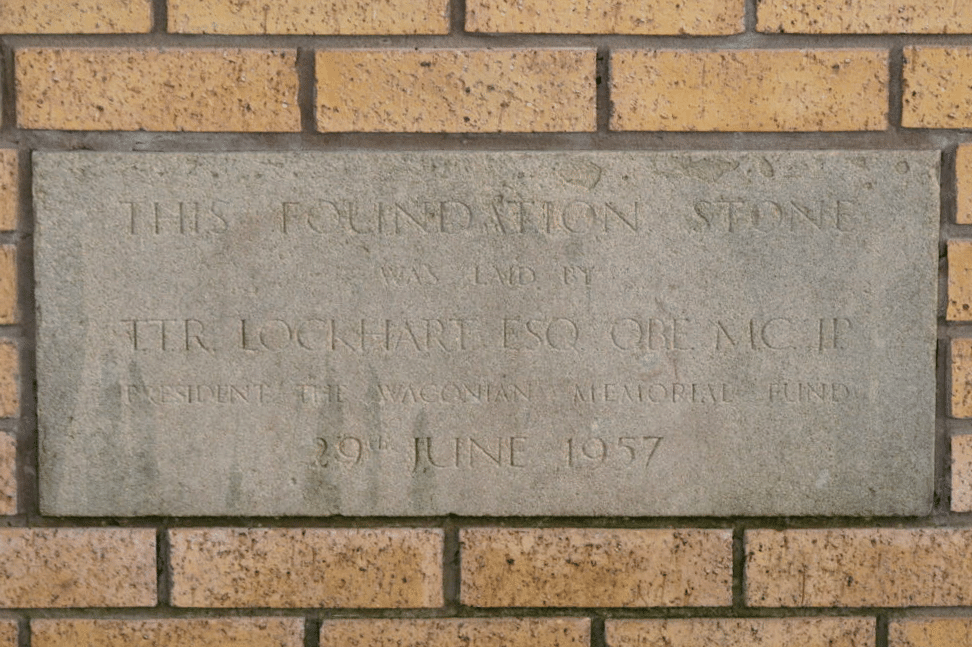Our Heritage
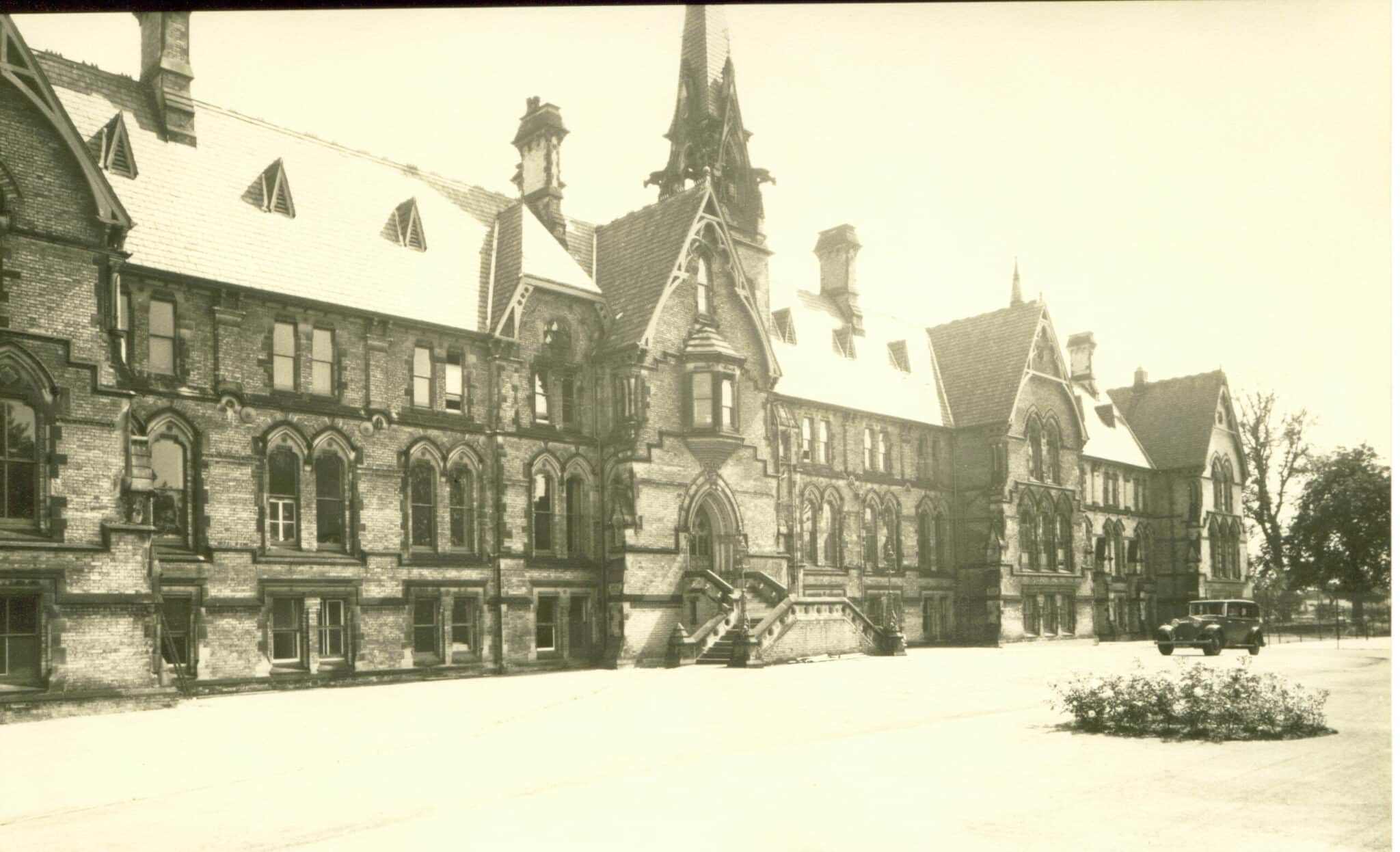
A foundation built on care and community

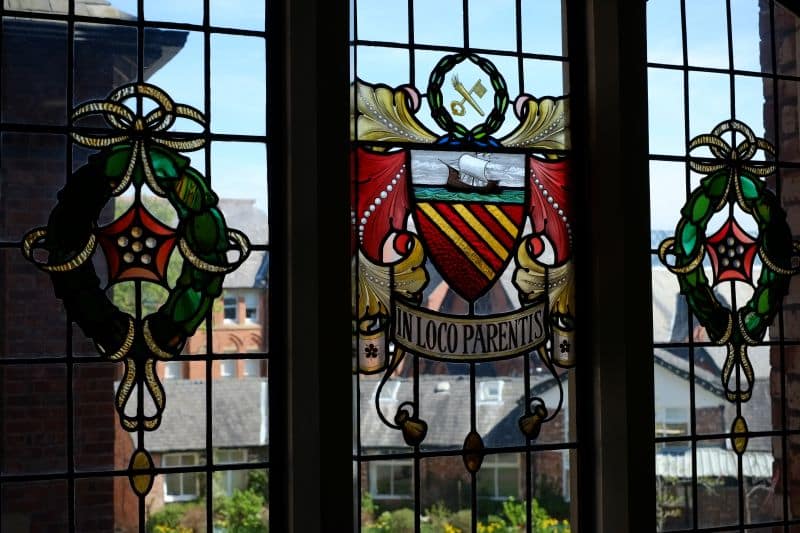
Our History
In 1854 a group of men who worked in counting houses and warehouses gathered in the Albion Hotel, Manchester, to discuss their children. What would happen to them should misfortune befall them at work? The idea was born for what would be, “The Manchester Warehousemen and Clerks’ Orphan Schools”. Under the leadership of Ezekiel Browne an Executive Committee was formed and funds were raised to make their dream a reality.
In 1855 the first 6 pupils started their schooling at Shaw Hall, Flixton, before moving to Chadderton Hall under the Head, Mr McDougall.
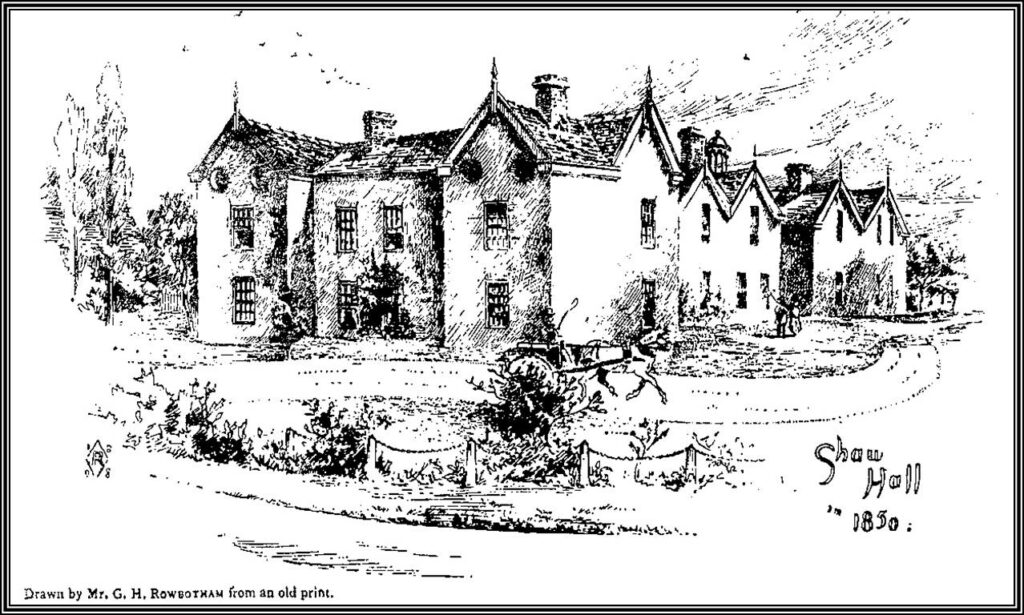
In 1861 the School moved to Park Place in Ardwick with 19 pupils. This was the first real “home” for the School. Ardwick was one of the more fashionable areas of Manchester at the time and was home to John Rylands, Manchester’s first multi-millionaire.
However, the Executive Committee still had a dream to build their own School to accommodate many more pupils. A building fund was started and in 1865 five acres of land were bought in Cheadle Hulme at a cost of £300 per acre. Two years later the foundation stone was laid and by 1869 the building was finished. 50 pupils moved from the School’s existing premises to what would become Cheadle Hulme School.
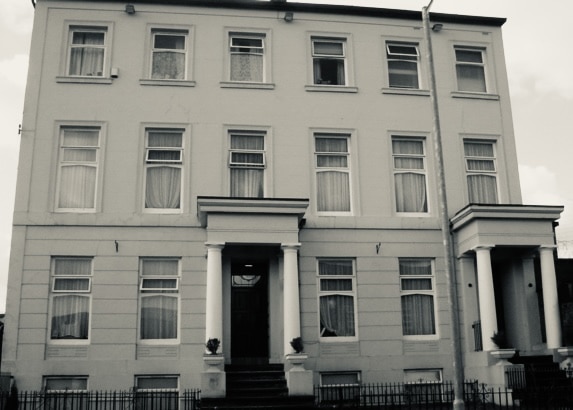
Between the late 1800s and early 1900s, CHS expanded rapidly. Over seven years, the dining hall was extended and new facilities, including a swimming bath, wash house, laundry, extra dormitories and an infirmary were added. By 1877, the building was full. Under Headmaster George Board (appointed 1884), further growth included the John Rylands Wing in 1899 for a boys’ playroom and dormitories and the Manassah Gledhill Wing in 1903 for girls’ dormitories, a playroom and a new infirmary.
Following the Boarding House closure in 1993, these spaces were refurbished for teaching Art, History and Politics, with the Manassah Gledhill Wing now part of the Junior School. In 1999, a glass atrium transformed the rear of the building.
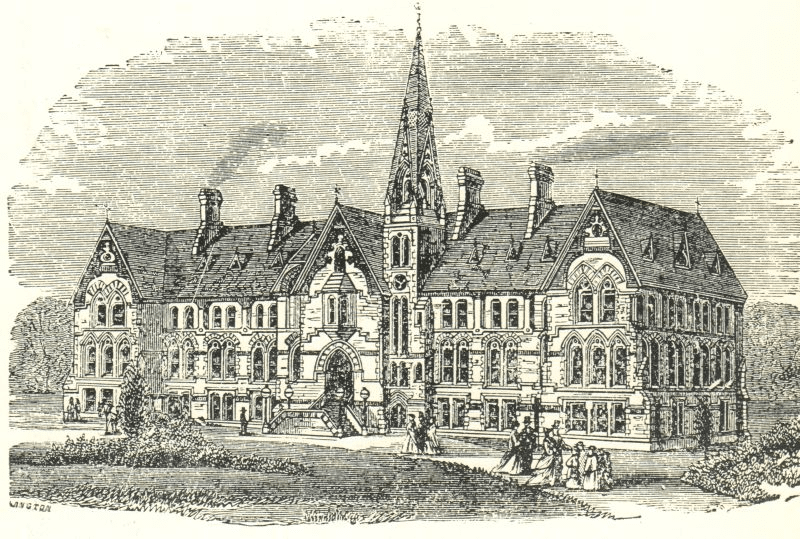
After relocating from Ardwick to Cheadle Hulme, the School expanded quickly. By the 1880s, a separate “School” was built for lessons, leaving the original “House” for domestic activities and recreation. It featured a large hall with four classrooms, separated by partitions that could be rolled back for events. In 1906, a bequest from James Holden funded an extension with two more classrooms and a larger hall, commemorated by a balcony plaque and the renaming to Holden Hall. Used for social gatherings and, since 2017, substantially refurbished, Holden Hall remains the focal point for school productions, assemblies and concerts.
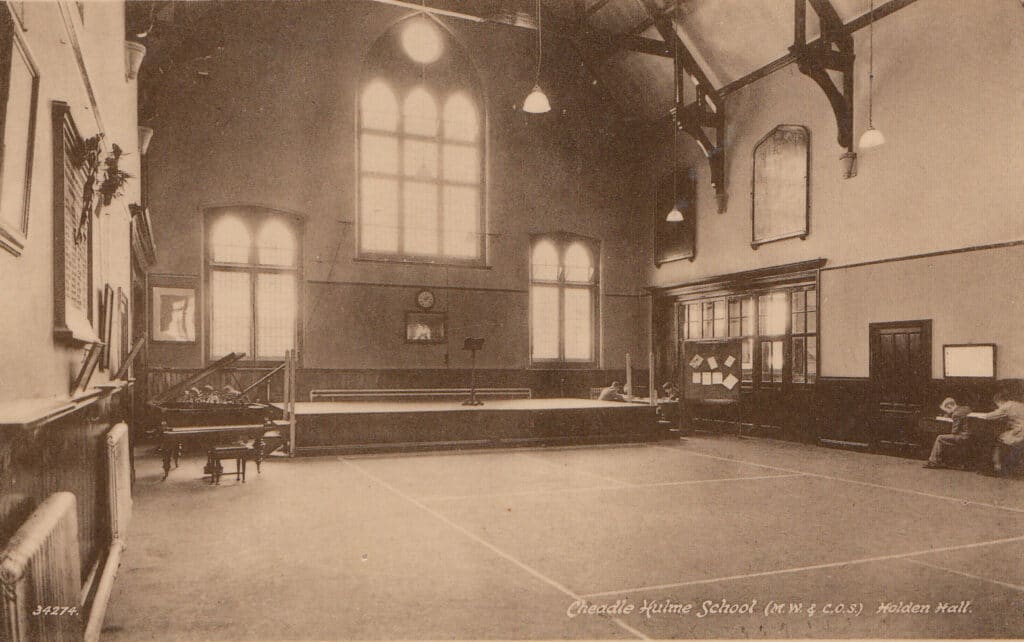
The space now home to the School’s library was originally the Boys’ School Room, where mixed classes were taught together, often by “student teachers.” After the Holden Hall was built in the 1880s, the room became the Boys A dormitory. The library was extended in 1966, again in 1979–80, and staffed by a professional librarian for the first time. Today it holds around 20,000 items and is staffed full-time. In 2024, it was named The Zochonis Library in recognition of the charitable trust’s considerable support to CHS.
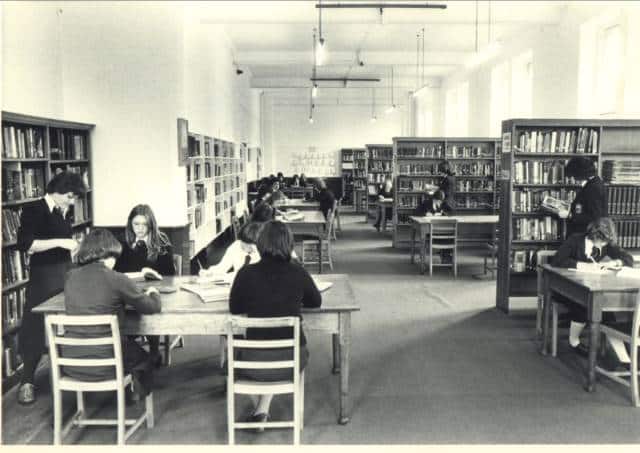
Built around 1905 as the first Headmaster’s House on the Cheadle Hulme site, Broomefield was likely named after Joseph Broome, then Chairman of the Executive Committee. Under Headmaster Mr Lockhart (1922–1954), it became known for Mrs Lockhart’s warm hospitality to boarders. During the Second World War, its cellars served as an air raid shelter for Junior pupils.
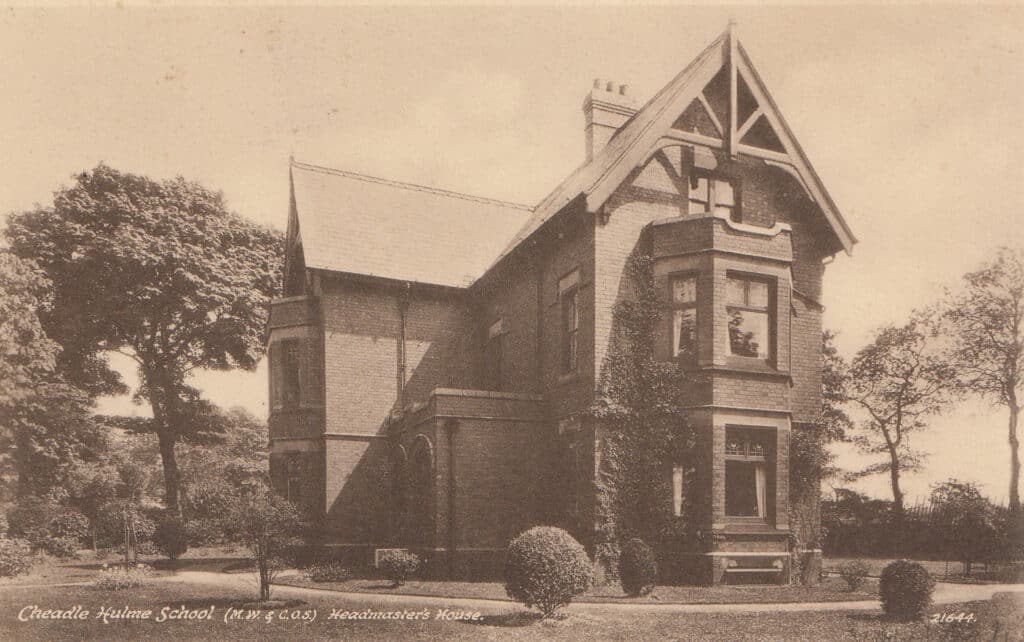
The School’s first swimming bath, built in 1874 in the building now used as a drama studio, still has its original tiles and exit pipes beneath the floor. Female pupils were first allowed to use it in 1900, though the unheated, murky water was infamous. After the “New Swim” opened in 1912, a 75ft by 25ft pool holding 60,000 gallons, the old bath became a gym and during the Second World War its former pool space served as an air raid shelter with 24 beds. The New Swim was modernised in 1972 and extended in 1983 with new changing rooms.
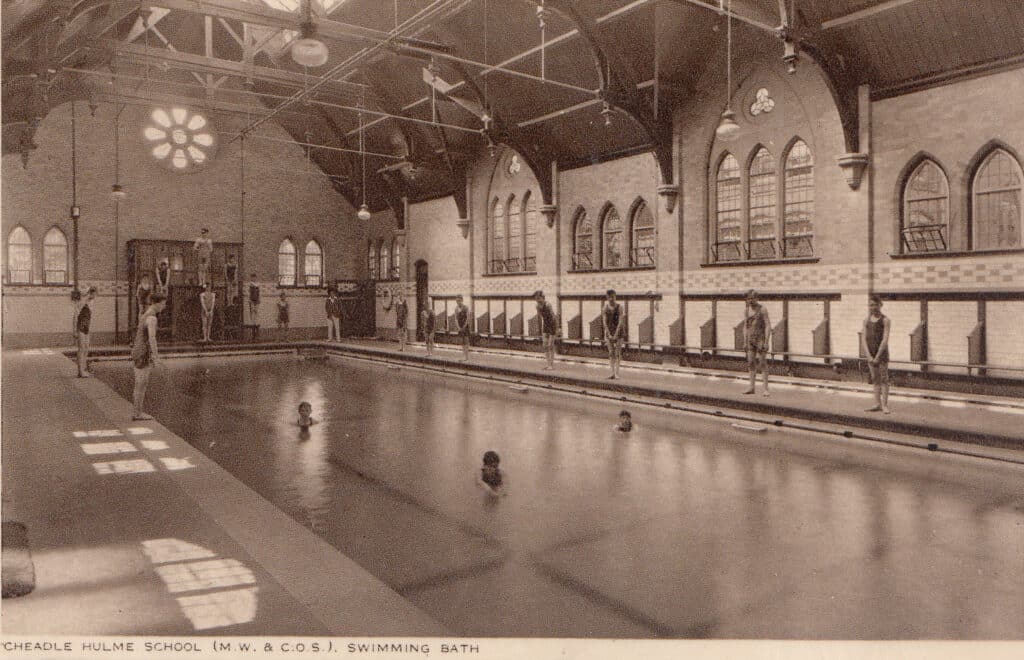
In October 1957 the Old Waconians’ Sports Pavilion was opened. This followed the laying of the foundation stone by Mr Lockhart who reminded those in attendance that this building had been constructed in, “our remembrance of those of our number—Old Waconians and staff who made the great sacrifice in World War Two.” This building was supported by the Waconian Memorial Committee’s appeal.
As the number of students has increased and the range of sporting interests has broadened the School has moved with the times and in December 2016 the new Pavilion was opened.
